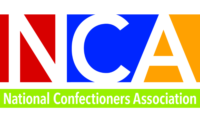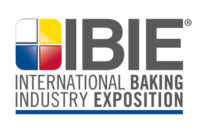When COVID-19 arrived in the United States, consumers panicked and bought everything from cleaning products and toilet paper to bottled water and hand sanitizer.
As demand for hand sanitizers surged, the FDA published temporary guidance on hand sanitizer production and alcohol that was suitable for use in hand sanitizers. These actions allowed manufacturers from other industries to jump in to meet this demand. The problem, however, was that not every new or imported product met the standards for safety and effectiveness.
As of this writing, the FDA has recalled 185 hand sanitizers it says are toxic and may cause blindness or death. That’s frightening when you consider we use these products to keep ourselves healthy.
Hand sanitizer use in food processing
Handwashing stations and hand sanitizers have always been an integral part of a food safety program. While there’s no indication that the coronavirus is a foodborne illness, food processors are ordering and using more hand sanitizer for a different reason—employee health and preventing the spread of COVID-19 in their facilities.
While employees in these facilities, and particularly on the production, floor should have been using hand sanitizer all along, increased awareness is leading to increased usage in warehouses, office spaces, maintenance shops and other common surfaces where viruses can persist.
It’s not just about food safety anymore. The “new normal” means putting an equal emphasis on employee health. After all, one contaminated employee could force a facility to halt production and temporarily shut down.
Why are hand sanitizers being recalled?
The FDA recognizes two active ingredients for hand sanitizers: ethyl alcohol and isopropyl alcohol. Many of the recalled products were made using methanol or contained n-propanol, which are not effective as hand sanitizers and are potentially toxic. Methanol is well known to cause cause blindness and death
Other products may have used the right active ingredients but contained contaminants that made them unsafe. There are also recalled hand sanitizers that were found to be contaminated with bacteria. Some others made false claims on the label, such as “providing protection for up to 24 hours,” or were dangerously mislabeled as “edible alcohol.”
Deaths and serious injuries connected to the recalls happened after people ingested hand sanitizers. However, methanol is also toxic when absorbed through the skin. In some cases, these ingredients were left off the label and FDA testing revealed their presence.
How to be sure a hand sanitizer is safe
If you think your facility ordered products that are potentially dangerous, be sure to check the FDA’s list of recalled hand sanitizers. Here is advice for identifying a hand sanitizer that is effective against COVID-19 and safe to use:
- The label indicates it contains 60-80 percent ethyl and/or isopropyl alcohol.
- The product is FDA-registered.
- The product contains glycerin to prevent dry skin.
- For food processing, the product contains no additional scents.
If the price is much lower than anything else on the market, that could be a sign of an inferior product. It is important and advisable to purchase from a reputable company selling a product that’s made in the USA as many of the recalled hand sanitizers were imported.
Hand sanitizer is a powerful tool for food safety and employee health, just be sure to order a safe and effective product from a vendor you trust. Remember that other steps, including handwashing, personal protective equipment, and thoroughly sanitizing surfaces, are also important in stopping the spread of COVID-19.





